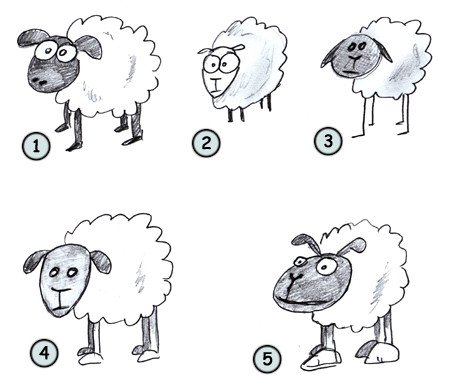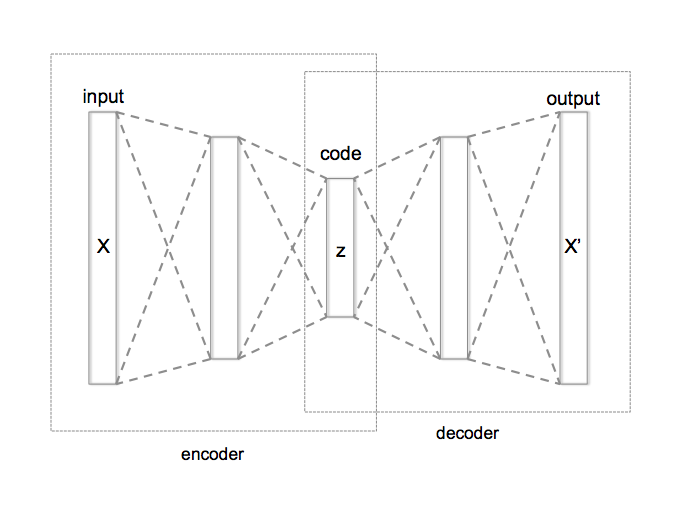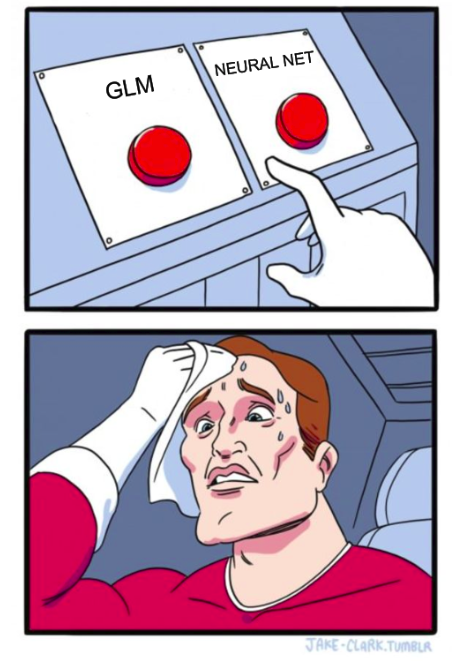It’s never aliens (Until it is)
Introduction.
“Are we alone in the universe?”.
When it comes to answering one of the most relevant questions that humanity has still open, we have to admit that we don’t have a clue.
The first historical references to the question are found in ancient Greece. Greek and Roman philosophers reasoned that since the universe seemed to be so vast, it would be reasonable to think that other “tribes” would be living somewhere out there. Later on, religious thinking displaced logical reasoning and humanity became special just because it was God’s will for humans to be special. It was not until the Renascent, when others started to ask the same question again: “If the Earth is no the center of the universe and there are other planets and stars, why should be life on Earth special?”
If you think for a second about the implications that answering that question would have, you soon realize how crucial it is for us, humans, to find the answer. It doesn’t matter the answer itself, just knowing with 100% certainty that there is (or that there is not) life somewhere else in the universe, would change our view of the universe.
Unfortunately, neither ancient greeks nor guys like Copernicus and Huygens had the technology to answer the question, and indeed we still don’t know if we can answer that question today. But here in this post, I will show you some of the current approaches that we, humans, are using to try to answer the question.



 The latent space is a hidden and simplified representation of the data in which more similar elements lay closer.
The latent space is a hidden and simplified representation of the data in which more similar elements lay closer.